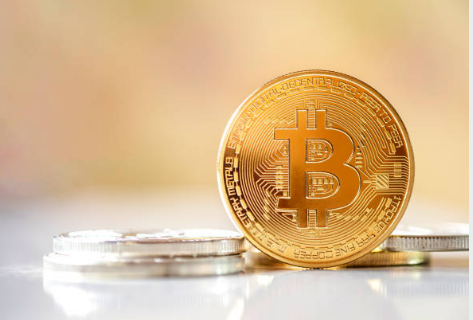
Cory Russell
Apr 29, 2022 09:39
Pierre Poilievre, who is running on a promise to make Canada the world's blockchain capital, also said he will guarantee that the central bank's balance sheet is regularly audited, including an examination of the COVID pandemic bond-buying program.
"A Poilievre government would outlaw a central bank digital currency and give Canadians the economic and financial freedom they deserve," he told reporters gathered outside Canada's central bank in Ottawa.
Poilievre, a Conservative member of parliament since 2004, is polling at the top of all surveys ahead of a vote in September to elect a new leader for Canada's largest opposition party. Because Prime Minister Justin Trudeau's Liberals have a political support pact with the New Democrats, a tiny left-leaning party, if he is elected, he will most likely have to wait until 2025 for the next federal election.
When Erin O'Toole was dismissed as Conservative leader in early February after failing to defeat Trudeau in last year's election, the leadership competition was sparked.
Poilievre has blamed Canada's high inflation rate on the central bank's rampant purchases of government bonds in his campaigning, and has said that cryptocurrencies such as Bitcoin are a viable method to "opt-out of inflation."
Officials from the central bank shot down the assertions this week.
"We don't view cryptocurrencies as a vehicle for Canadians to opt out of inflation or as a reliable source of value," said Carolyn Rogers, senior deputy governor of the Bank of Canada, addressed MPs on Monday.
Governor Tiff Macklem also said that the Canadian dollar would continue to be at the heart of the country's financial system.
On Thursday, the Bank of Canada had no quick comment.
For some years, the central bank has been developing a digital currency (CBDC). The CBDC is presently under development, but the federal government will make the ultimate decision on its introduction.
In March, Canada's inflation rate reached a 31-year high of 6.7 percent. In the face of tremendous demand and supply chain restrictions, countries all over the globe are battling with out-of-control pricing. The invasion of Ukraine by Russia has driven up commodity prices, exacerbating the situation.


May 05, 2022 09:58